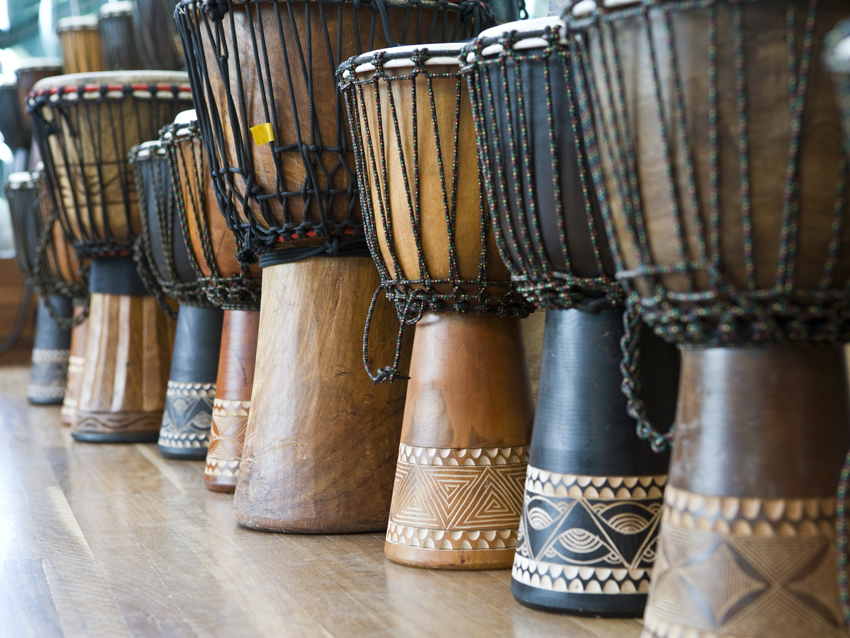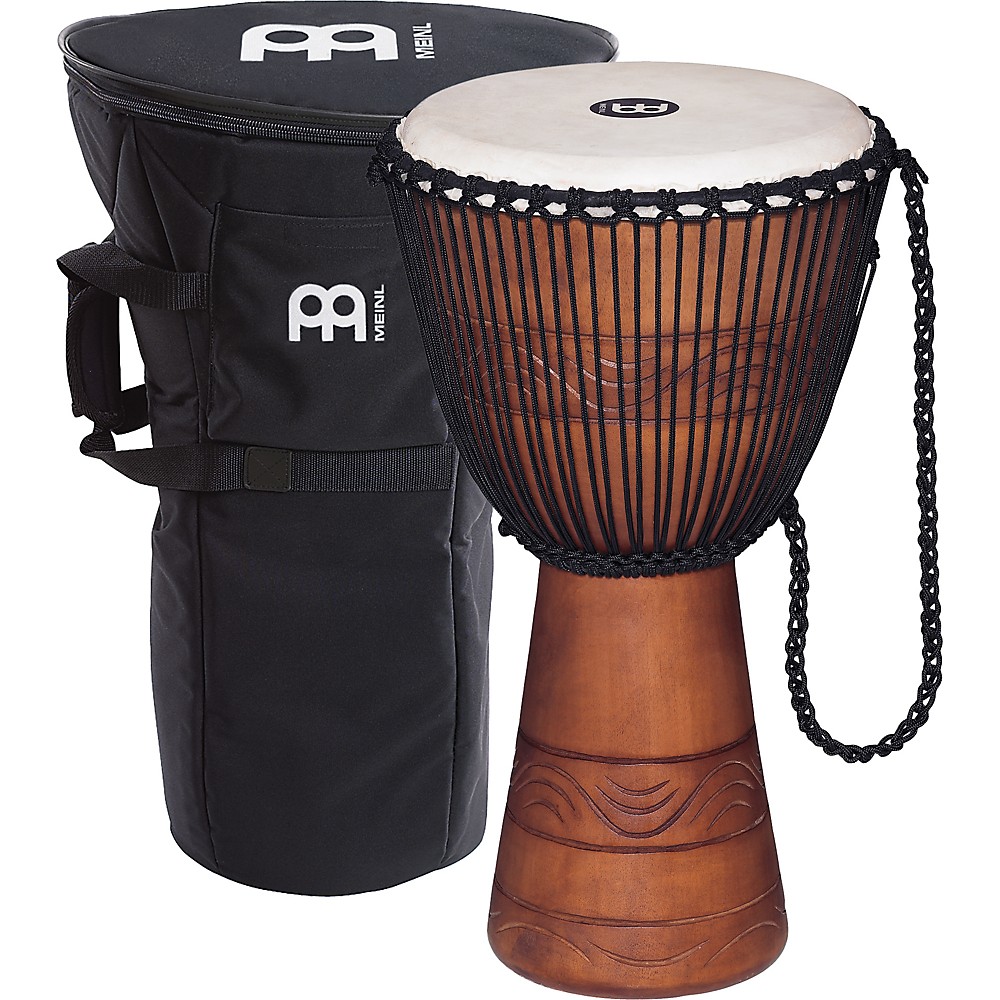Confidently obtain Your Djembe and Get Began With your Djembe Drum Rhythms
The hand drum called the djembe, which dates back for the initial
millennium A.D. in Africa, is played with all the fingertips and palms of your
hand and continues to be extensively preferred nowadays amongst drum cultures
all through both Europe and North America. 
The djembe, pronounced jen bay, features a few other spelling
variations like djimbe, jembe, or yembe, but gets the "dj" spelling in the
French language, whose people played an integral role in introducing African
drums and instruments for the rest in the musical globe.
Certainly one
of one of the most popular of all drums used in West Africa, djembe are crafted
from the hardest of woods, such as mahogany, and use animal skin for the
drumheads. Besides Africa, djembes are also regularly created in places which
include Thailand and Indonesia where the important components and skilled
craftsman necessary are each in abundance.
Djembe may measure as modest
as nine inches in width and need a shoulder strap, when the bigger drums are as
wide as 16 inches. The size of the drum, not surprisingly, will impact the pitch
and sounds created, together with the smaller djembe made use of for a
assortment of tones and greater frequencies, plus the larger for playing the
deeper, lead rhythms and patterns.
african
djembe drum
Usually in between 16 to 26 inches in height, these
drums have the capability of producing a wide array of distinct sounds also
resulting from their unique goblet-shape. Typically, djembes are hand-carved,
strong pieces of wood created from hollowed-out trees. Some other hardwoods
native to West Africa typically applied to produce djembe drums include acajou,
bois rouge, bush mango (dimba), dugura, and khadi.
Interestingly
sufficient, as outlined by ancient belief, the djembe includes 3 spirits, that
on the tree from which the drum was created, the spirit on the animal who
supplied the drumhead, and lastly, the spirit of the person who crafted the
instrument.
Professionals usually will agree that the newbie will have a
improved time of learning the way to tune and play a djembe that may be made
from quality components as an alternative to a single created devoid of the
cautious workmanship that is essential to produce a adequately made drum. The
ideal made djembe will feature teardrop-shaped divots or even a spiral-like
channel on the inside on the drum as an alternative to a smooth interior, to
improve the top quality from the sounds and tones.
Djembe drums have two
simple types of heads, either the traditional created from animal skins,
normally goat or cow, or the newer man-made types that have been made to mimic
the warmer tones made by natural supplies. Even though the synthetic solution
might be a little much more durable, most masters of your djembe will usually
prefer the animal hide version for the top sound.
Besides the two types
of heads, there are actually also two distinctive tuning solutions for djembe
drums; a single makes use of a rope technique, even though the other employs a
bolt-tuning technique. The aim with each should be to tighten the drumhead so
that the pitch, open tones, and bass strokes all sound their greatest,
nonetheless, the bolt process, while non-traditional, could be a little much
easier for novices to work with.
With all the rope system, ropes are
pulled extremely tightly about the drumhead within a course of action referred
to as "pulling a diamond," aptly named since it creates diamond or triangle-like
patterns when a rope is pulled over yet another.
Employing a metal rim
and hooks that go about the circumference of the djembe, the bolt-tuning method
also may very well be utilised to attain the correct tension on the drumheads,
but this way is usually frowned upon by traditionalists who favor the older
method to get a sense of authenticity.
Initially appearing outside of
West Africa in the 1940s, djembe drums created an influence around the
contemporary musicians of the time as they started appearing in ballets, films,
and musical tours, very first in Paris, France, and after that across the world.
As French-speaking ballet dancers from Les Ballets Africains migrated to
other components of Europe, they carried with them the tradition with the West
African drum, teaching other individuals the true capabilities needed to
accurately recreate and master the instrument.
Now, community drum or
percussion circles in which fellow drummers get with each other to play music
have seen the use of the djembe improve in popularity starting within the late
20th century. Also in some cases named facilitated drum circles, each amateurs
and skilled percussionist alike can join with each other to understand and share
the several rhythmic principles involved in drumming.
In some circles,
the djembe is utilized to help keep rhythm with dancers, aligning the sounds
using the dancer's movements, and is often accompanied by drummers playing a
dunun, the name for a family of bass drums originating in West Africa utilised
to create a melodic background for the djembes. 
The freeform drumming encounter of a drum circle is applied
by not only avid drumming enthusiasts, but by various other folks which include
overall health or wellness facilities, schools and educational groups, along
with on spiritual retreats. In some drum circles, all the things you will will
need is already supplied, when other folks may well need you to bring your
personal drums and percussion instruments.
Get to understand more about
djembe
drums online

